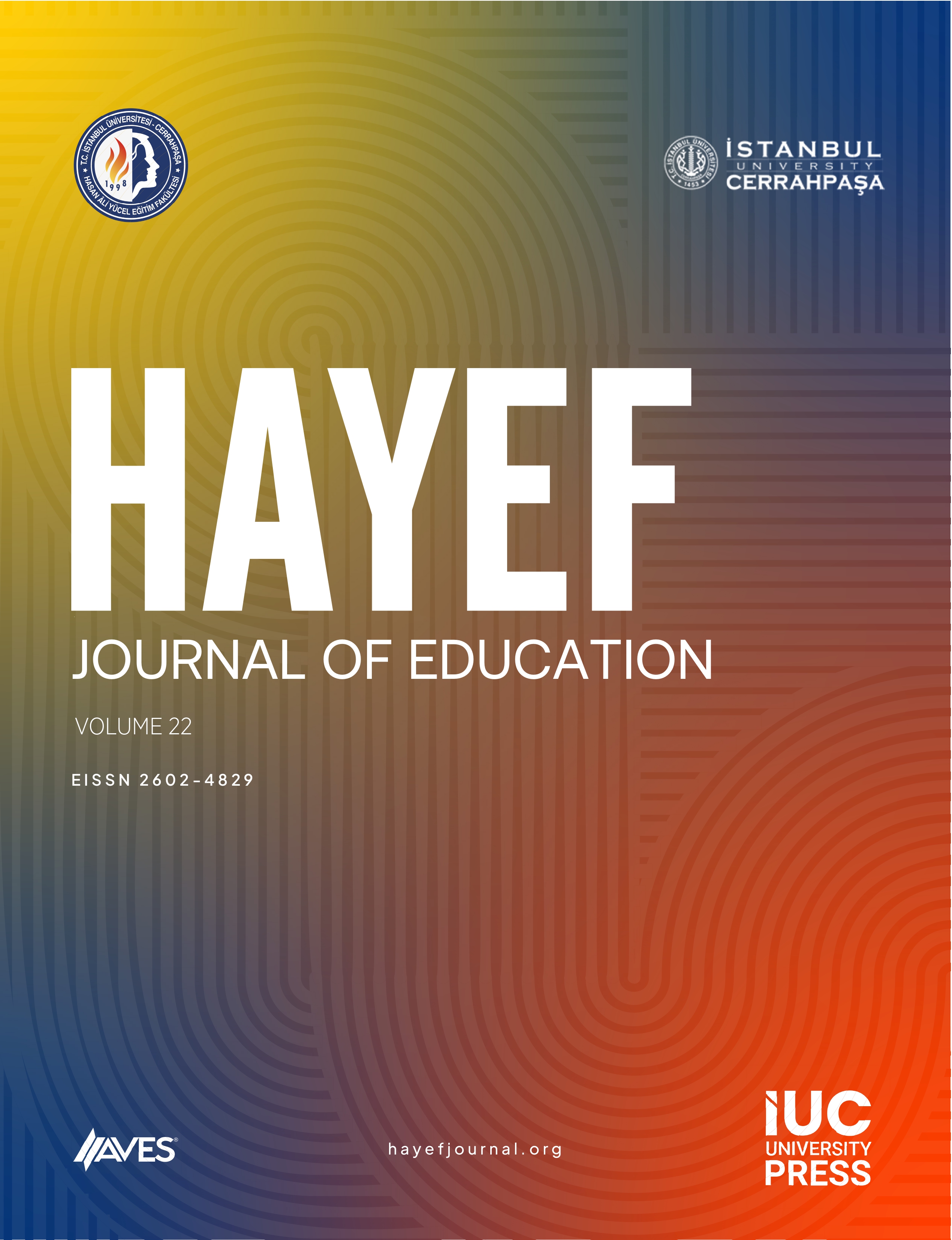Abstract
The aim of this study is to determine whether English as a foreign language learners’ use of reading strategies and their perceptions of critical reading self-efficacy are meaningfully correlated. Additionally, the study aims to examine whether these learners’ use of reading strategies and their perceptions of critical reading selfefficacy are different in terms of gender, department, and how often they read English texts. A convenience sampling was utilized to select participants who were 255 English as a foreign language learners at foreign language schools in two state universities. “Demographic Information Form,” “Reading Strategy Use Scale,” and “Critical Reading Self-Efficacy Perception Scale” were the data collection instruments for this quantitative survey-based research. Results demonsrate that a significant correlation is seen between participants’ use of reading strategies and their perceptions of critical reading self-efficacy. Additionally, the difference is not significant between their perceptions of critical reading self-efficacy in terms of gender; however, total scores of their reading strategies use are significantly different in terms of gender. Total scores of their use of reading strategy and perceptions of critical reading self-efficacy are significantly different in terms of how often they read English texts. However, total scores of participants’ perceptions of critical reading self-efficacy and use of reading strategy are not different in terms of their department.
Cite this article as: Dikici, A., & Altaş, B. (2024). Relationship between English as a foreign language learners’ use of reading strategies and their perceptions of critical reading self-efficacy. HAYEF: Journal of Education, 21(3), 279-286.



